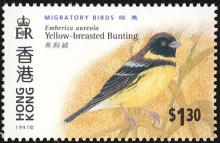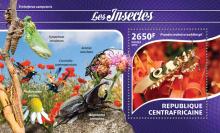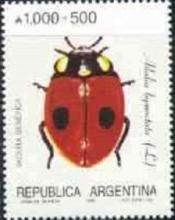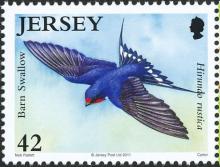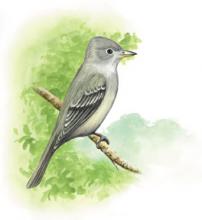UK is 30-40 years away from 'eradication of soil fertility', warns environment secretary Michael Gove
The UK is 30 to 40 years away from “the fundamental eradication of soil fertility” in parts of the country, the environment secretary Michael Gove has warned. “We have encouraged a type of farming which has damaged the earth,” Gove told the parliamentary launch of the Sustainable Soils Alliance (SSA). “Countries can withstand coups d’état, wars and conflict, even leaving the EU, but no country can withstand the loss of its soil and fertility.




